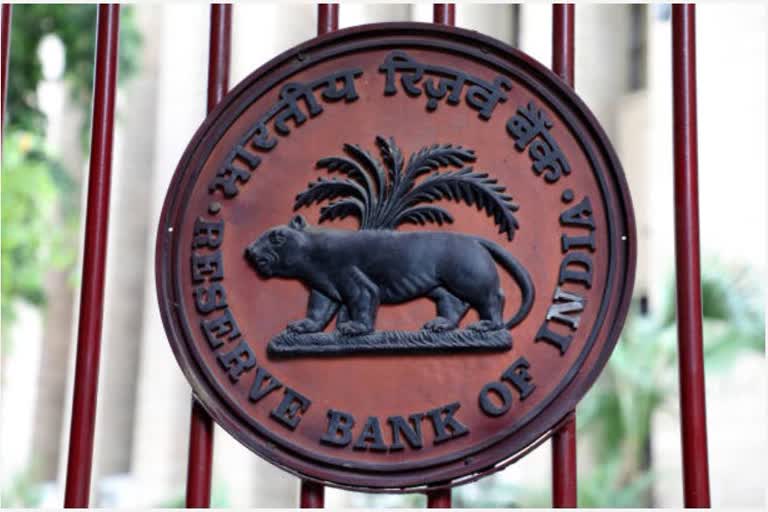Mumbai: Lower crude prices and higher invisible receipts have helped the country narrow the (CAD) current account deficit to 2 percent of GDP or at USD 14.3 billion in the first quarter, down 30 basis points from year-ago, the Reserve Bank said on Monday.
In the year-ago period, CAD had printed at 2.3 percent of GDP or USD 15.8 billion.
"CAD contracted on an annualised basis primarily due to higher invisible receipts at USD 31.9 billion compared to USD 29.9 billion a year ago," RBI said.
The net foreign direct investment was USD 13.9 billion in Q1 up from USD 9.6 billion last year.
During the quarter, foreign portfolio investment recorded net inflow of USD 4.8 billion as against an outflow of USD 8.1 billion in Q1 of 2018-19, on account of net purchases in both debt and equity markets.
Net inflow on account of external commercial borrowings was USD 6.3 billion as against an outflow of USD 1.5 billion a year ago.
Net services receipts rose 7.3 percent annualised, mainly on the back of a rise in net earnings from travel, financial services and telecommunications, computer and information services.
There was an accretion of USD 14 billion to the foreign exchange reserves during the quarter as against depletion of USD 11.3 billion in Q1 of 2018-19, RBI said.
Aditi Nayar, the principal economist at rating agency Icra, described the narrowed numbers as "a positive surprise."
"At 2 percent, CAD printed modestly lower than expected helped by lower-than-anticipated outflows of primary income. Additionally, healthy growth in surplus of services and secondary income, as well as lower crude prices helped narrow the gap, despite a spike in gold imports and jump in prices," Nayar said.
Gold imports rose sharply by 35.6 percent to USD11.4 billion from USD8.4 billion.
Based on the July-August trends, she expects CAD to decline substantially to USD10-11 billion in Q2 from USD 19 billion, due to moderate crude prices, weak appetite for gold and subdued domestic demand for the yellow metal.
Icra expects CAD to marrow further to USD52 billion or 1.8 percent of GDP for full year to March 2020 from USD57.2 billion or 2.1 percent of GDP in FY19, unless crude prices jump or domestic investment and consumption demand display a revival."
Read more: Standstill pacts between Mutual Funds, borrowers does not exist: SEBI



